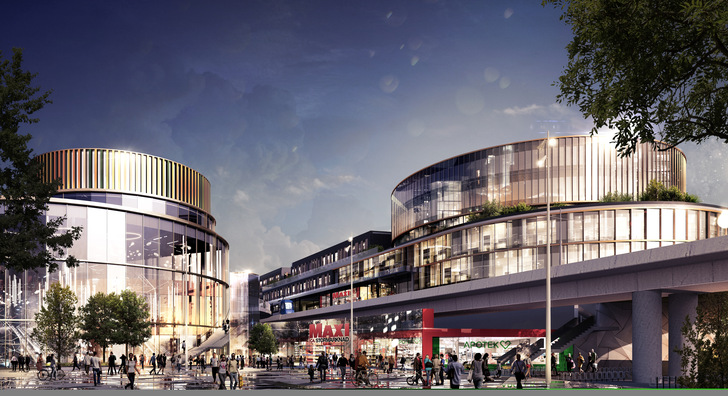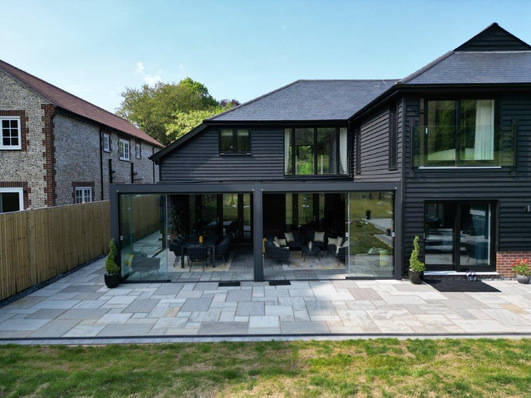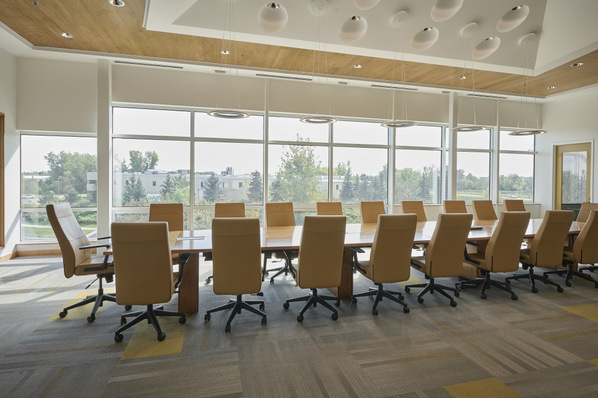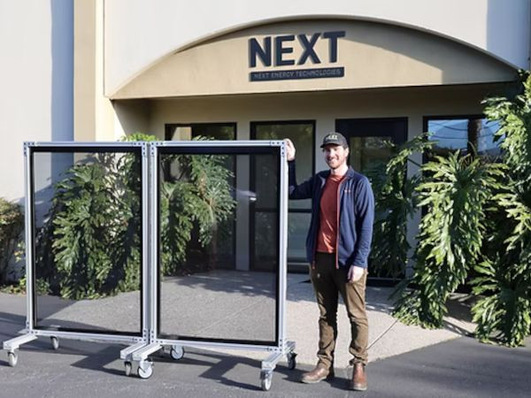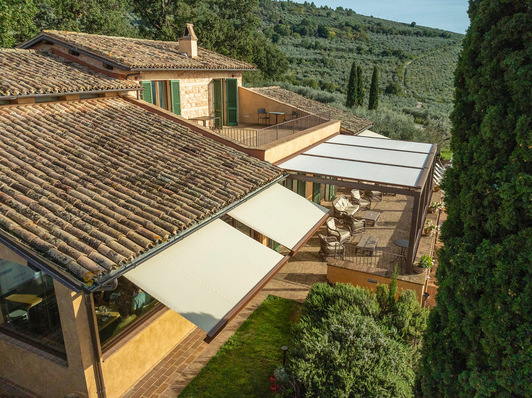The right combination of glass and solar shade is advantageous: good daylight availability, low g-value in summer, high g-value in winter, and glare control when needed. But designing a proper window system is easier said than done. Deciding the combination of glass and shading requires a balance between aesthetics (architecture), health benefits (daylight access), comfort (overheating and glare reduction), and energy load (HVAC). If not properly balanced, the thermal and visual comfort could be less than satisfactory.
From the TU Delft's Bucky Lab:
A dynamic solar shading unit
Few will argue that it is beneficial to optimize our glass/shading combinations within early stages of the design process. While methods such as in the European Standard give detailed information about daylight, they are often too computationally intensive to keep up with the pace of early stage design. The same can be said for full scale energy and thermal comfort simulations.
To start the conversation addressing an effective glass and shading design, I break down BAU's approach in 3 themes: visual comfort, cooling load and thermal comfort. These all play their own essential part but overlap as decisions based on one can lead to changes in another.
#1 Visual comfort
In building design, we generally look for as much daylight as possible and to maximize views to the outside. This ambition remains consistent regardless of whether the shades are deployed or not. Daylight factor is the most common indicator to assess daylight access. Because it assumes an overcast sky however, it is unable to give an indication as to the performance of the shading system. Climate-based daylight simulations, for example in accordance with the European Daylight Standard CEN-17037:2018, are of course preferable for assessing overall performance.
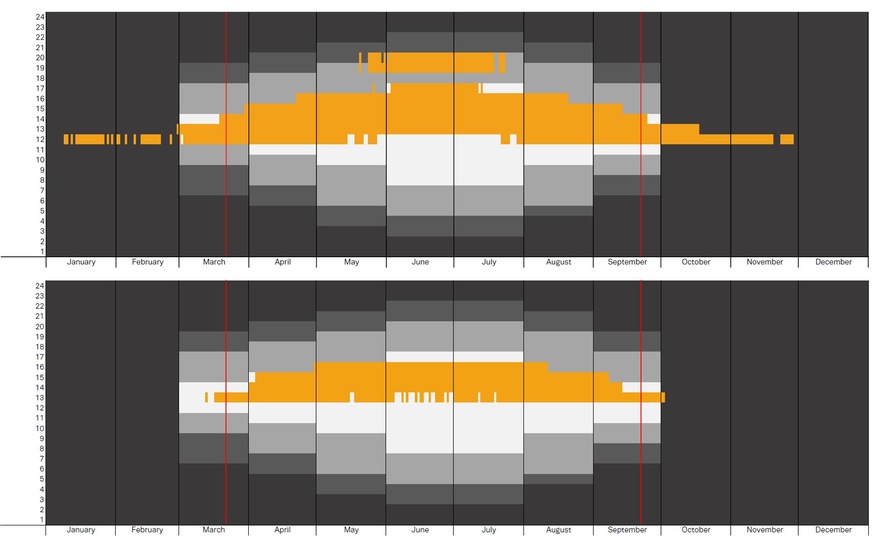
BAU
Avoidance of glare is also an important aspect. Simulations with glare metrics such as DGP however, are often too cumbersome to keep up with the pace of early stage design. A useful assumption is that the shading problem can be broken down into two parts. at what times will the shade be deployed and the selection of the shading fabric. Assuming then that the correct fabric will provide adequate glare protection in most circumstances (and choice of fabric can be fine-tuned at a later stage) then initial focus can lie on determining the duration and specific timing of the shade’s deployment. For example, we want to avoid a glass/shade system which requires a need for shading in winter. The chart above shows two schedules, a window system with suboptimal performance in terms of solar gains, and a well-designed system. The first glass/shading combination is unsatisfactory with shading need due to solar heat gains (coloured in orange) in winter. The design for the second diagram shows a significant reduction in that shading need. The use of such graphics to indicate shading deployment give quick visual feedback influencing design decisions towards better glass/shade combinations.
In the above case, the difference lies within the choice of glass; the first system had too high g-value and required shade to be deployed despite the relatively weak solar load in winter. In other words, in many instances, a darker glass can substantially reduce the number of hours the shade is down. The opposite of course is also true. In some instances, the glass may be too dark with a lighter glass giving enough shade but also improved visual comfort.
In Part 2, Anton Hendrix goes in more detail into the two remaining factors: cooling load and thermal comfort.
About BAU
BAU has a broad portfolio including urban development, commercial buildings and housing as well as hotels and industrial buildings. BAU today has just over 80 architects, construction engineers, visualization experts and environmental engineers who together develop sustainable architecture.







